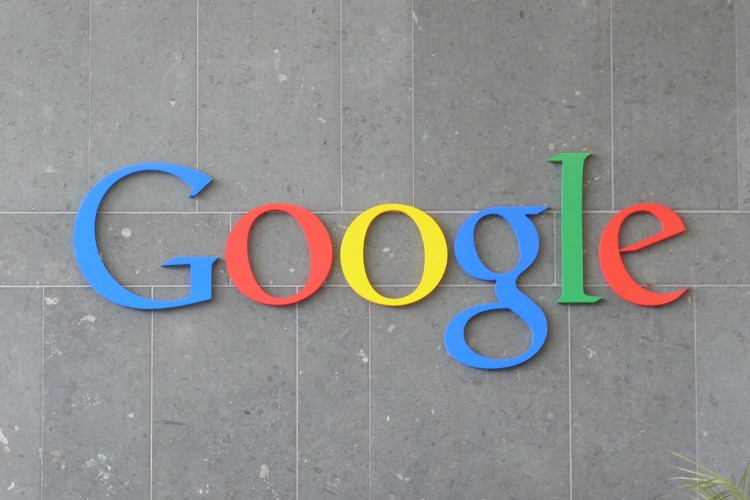testsetset
Google today began automatically converting Adobe Flash ads to HTML5. As a result, it’s now even easier for advertisers to target users on the Google Display Network without a device or browser that supports Flash.
Back in September, Google began offering interactive HTML5 backups when Flash wasn’t supported. The Flash-to-HTML5 conversion tools for the Google Display Network and DoubleClick Campaign Manager created an HTML5 version of Flash ads, showing an actual ad rather than a static image backup.
Now, Google will automatically convert eligible Flash campaigns, both existing and new, to HTML5. All the advertiser has to do is upload their ads through AdWords, AdWords Editor, or many third-party tools that work with Google’s ad platform.
The “eligible” part is worth expanding. On the Image ads support page, Google explains the limitations in the “How to determine if a Flash ad is running as an HTML5 ad” section:
June 5th: The AI Audit in NYC
Join us next week in NYC to engage with top executive leaders, delving into strategies for auditing AI models to ensure fairness, optimal performance, and ethical compliance across diverse organizations. Secure your attendance for this exclusive invite-only event.
Not all Flash ads can be converted to HTML5. To see whether your Flash ad will convert, upload it to the Swiffy tool. If this tool is able to convert your ad, then your ad will be automatically converted when it is uploaded to AdWords.
To see in your AdWords reports whether your Flash ad was converted, segment your ad table by devices. If you see mobile or tablet impressions for a Flash ad, then your ad was converted.
In the future, we will be providing a notification on all converted Flash ads. We expect this to be available in late 2015.
In other words, Google is slowly working on converting all Flash ads to HTML5, wherever possible. Eventually, we’ll hopefully reach a point where most ads are just made in HTML5 from the get-go.
The switch from Flash to HTML5 is a trend the company has been pushing for a long time now. In January 2010, for example, Google-owned YouTube announced a test version of an HTML5 video player. Last month (that’s five years later), YouTube finally ditched Flash for HTML5 by default.

